Home>diy>Building & Construction>What Is Grouting In Construction
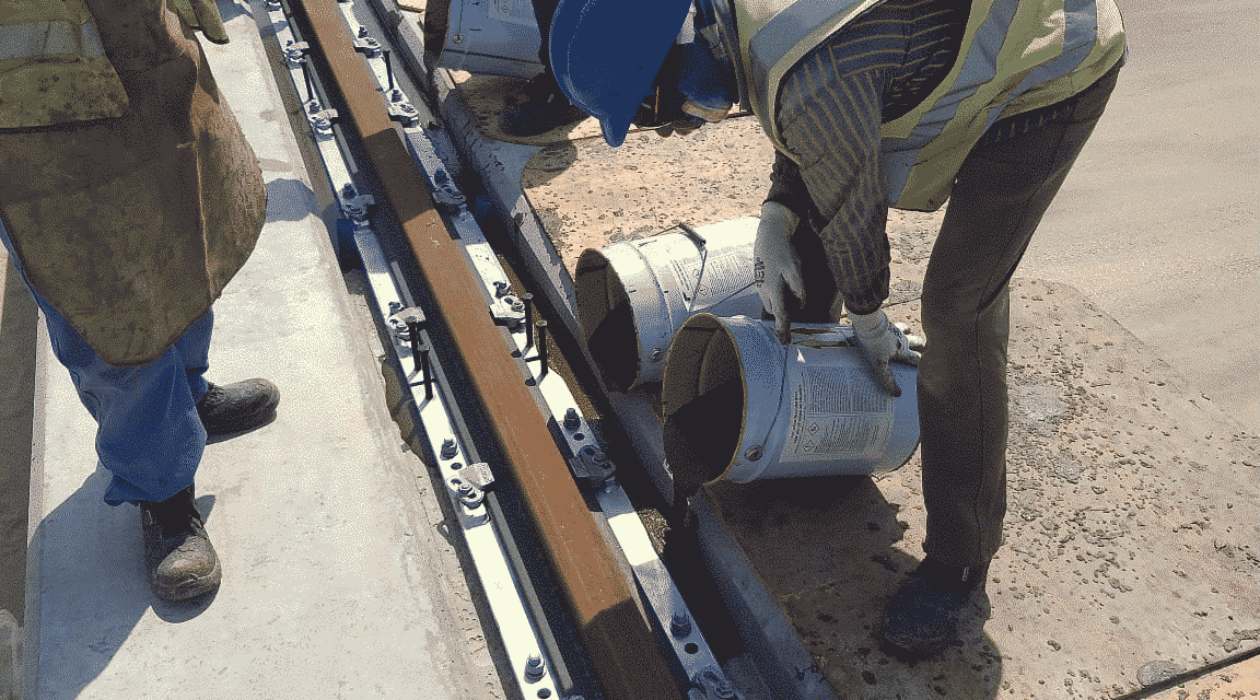

Building & Construction
What Is Grouting In Construction
Modified: January 6, 2024
Learn about grouting in construction, a crucial process in building construction. Discover its benefits and how it ensures the stability and durability of structures.
(Many of the links in this article redirect to a specific reviewed product. Your purchase of these products through affiliate links helps to generate commission for Storables.com, at no extra cost. Learn more)
Introduction
Welcome to the world of construction, where every detail matters. From the foundation to the finishing touches, there are numerous techniques and methods that go into creating a solid and reliable structure. One such technique that plays a crucial role in construction is grouting.
Grouting is a process used to fill gaps or voids in construction materials, ensuring structural integrity and stability. It involves injecting a fluid material into the designated areas, which then hardens to provide support, strength, and prevent the movement of materials.
In this article, we will delve into the world of grouting in construction, exploring its different types, applications, advantages, and challenges.
Key Takeaways:
- Grouting is a versatile construction technique, offering structural reinforcement, waterproofing, and soil stabilization. It plays a crucial role in enhancing the strength, stability, and durability of buildings and infrastructure.
- Proper site investigation, grout selection, and monitoring are essential for successful grouting projects. Despite challenges, grouting remains a valuable and cost-effective solution for addressing structural issues and improving construction performance.
Read more: What Is Construction Grout
Definition of Grouting
Grouting, in the context of construction, refers to the process of filling voids or gaps in structures or between various construction materials. It involves injecting a fluid material, known as grout, into these voids to provide structural stability, improve load-bearing capacity, and prevent the ingress of water or other substances.
Grout is a mixture typically consisting of cement, water, and additives, which can vary based on the specific application and requirements. The consistency and properties of the grout can be adjusted to suit the desired flowability, strength, and bonding characteristics.
The purpose of grouting is to ensure a solid, uniform mass that effectively transfers loads and maintains the structural integrity of the construction. It is commonly used in various applications, ranging from filling gaps in concrete joints to stabilizing soil and rock formations in foundation construction.
Grouting is a versatile technique that can be applied in both new construction projects and in the rehabilitation of existing structures. It is crucial in ensuring the structural performance, durability, and safety of a building or infrastructure.
Now that we have a basic understanding of what grouting is, let’s explore the different types of grouting and their specific applications in construction.
Types of Grouting
Grouting is a diverse technique that encompasses various methods, each tailored to specific construction needs and challenges. The two main types of grouting commonly used in construction are cementitious grouting and chemical grouting.
Cementitious Grouting
Cementitious grouting, also known as cement grouting, is the most widely used type of grouting in construction. It involves the use of cement-based materials as the grout mixture. The cementitious grout is typically prepared by mixing cement, water, and sometimes additives such as sand or admixtures.
This type of grouting is commonly used to fill gaps between concrete elements, such as joints in precast concrete panels or cracks in concrete structures. It helps to improve the overall structural integrity and prevent the penetration of water, gases, and other substances.
Cementitious grouting is also employed in soil stabilization projects, where it is injected into the ground to improve the bearing capacity and reduce settlement. It can be used to fill voids in loose or granular soils or to create a barrier against water infiltration.
Chemical Grouting
Chemical grouting, also known as resin grouting, is a specialized type of grouting that involves the use of chemical substances to create a strong and durable grout. Unlike cementitious grouting, chemical grouting does not rely on the hydration process to cure and harden.
Chemical grouts are typically composed of two components – resin and a hardener. When combined, these components chemically react to form a solid, impermeable grout. The viscosity and curing time of the chemical grout can be adjusted based on the requirements of the project.
This type of grouting is often used in situations where there are narrow or inaccessible gaps, such as underground structures, tunnels, and voids in masonry or rock formations. Chemical grouting can effectively fill and seal these gaps, providing structural reinforcement and preventing the ingress of water or soil.
Now that we have explored the main types of grouting, let’s move on to the preparations and process involved in carrying out grouting in construction.
Read more: What Type Of Grout For Kitchen Backsplash
Cementitious Grouting
Cementitious grouting, also known as cement grouting, is a widely used type of grouting in construction. It involves the use of cement-based materials as the grout mixture, which is injected into voids, gaps, or joints to improve structural integrity and prevent the ingress of water or other substances.
The process of cementitious grouting begins with the preparation of the grout mixture. The mixture typically consists of cement, water, and optional additives such as sand or admixtures. The proportions of these components can be adjusted based on the specific requirements of the project.
The grout mixture should have the appropriate consistency for injection, which can be achieved by controlling the water-cement ratio. A higher water-cement ratio will result in a more flowable grout, while a lower ratio will yield a stiffer grout mixture.
Before injecting the grout, proper preparations are necessary. This includes cleaning the surfaces to be grouted, ensuring they are free from debris, loose particles, or any substances that could hinder the bonding of the grout. Additionally, any cracks or voids should be properly prepared by removing loose material and providing suitable anchorage for the grout.
The injection process involves the use of specialized equipment, such as grout pumps, to forcefully inject the grout into the designated areas. The grout is typically injected through predrilled holes or injection ports, strategically placed to ensure proper distribution of the grout within the structure.
As the grout is injected, it flows and fills the voids or gaps, effectively bonding with the surrounding materials. It expands to fill empty spaces and ensures a complete and uniform filling. Excess grout may be discharged through relief holes or vents to prevent over-pressurization.
After the grout has been injected, it needs time to cure and harden. The curing time can vary based on the type of cement used and the ambient conditions. It is essential to provide adequate curing conditions, such as maintaining the appropriate moisture and temperature levels, to ensure proper strength development and durability of the grouted area.
Cementitious grouting has numerous advantages in construction. It helps to improve the structural integrity of buildings and infrastructure, providing strength and stability. It also enhances the load-bearing capacity, reducing the potential for displacement or settling of materials.
Furthermore, cementitious grouting creates a barrier against the ingress of water, which can be highly beneficial in areas prone to water infiltration or in applications where waterproofing is essential. This can prevent damage caused by moisture, such as corrosion of reinforcement or deterioration of concrete.
Overall, cementitious grouting is a versatile and widely used technique in construction, ensuring the longevity and performance of structures. From filling gaps in joints to stabilizing soil, cementitious grouting plays a crucial role in creating robust and durable constructions.
Now, let’s move on to explore the process of chemical grouting.
Chemical Grouting
Chemical grouting, also known as resin grouting, is a specialized type of grouting that utilizes chemical substances to create a strong and durable grout. Unlike cementitious grouting, which relies on hydration for curing and hardening, chemical grouting involves a chemical reaction between resin and a hardener.
The process of chemical grouting begins with the preparation of the grout mixture. The resin and hardener components are carefully proportioned and mixed together. The specific type and formulation of the chemical grout may vary based on the project requirements and the characteristics of the voids or gaps to be filled.
Chemical grouts offer several advantages over cementitious grouts. They have a lower viscosity, allowing them to penetrate narrow or inaccessible gaps more effectively. The curing time of chemical grouts can also be adjusted, enabling them to bond and solidify within a desired timeframe.
The injection process in chemical grouting is similar to cementitious grouting. The grout is injected into the voids or gaps using specialized equipment, such as injection pumps or packers. The grout flows and expands to fill the spaces, providing structural reinforcement and sealing against water or soil infiltration.
Chemical grouting is commonly used in situations where there are narrow cracks or voids in structures, such as underground tunnels, masonry joints, or rock formations. It can effectively fill these gaps, strengthening the structure and preventing the ingress of water or soil.
In addition to structural applications, chemical grouting is also utilized in soil stabilization projects. It can be injected into loose or granular soils to create soil-cement columns or to densify and stabilize the ground. This technique improves the bearing capacity and reduces settlement, making it an effective solution in foundation construction.
One of the advantages of chemical grouting is its ability to provide a flexible and impermeable barrier. The resin-based grout cures to form a strong, durable, and waterproof seal, protecting the underlying materials from moisture damage and preventing the growth of mold or deterioration.
It is important to note that chemical grouting requires careful planning and execution. Proper site investigation and analysis are essential to determine the most suitable grout formulation and injection technique for the specific project. Qualified professionals with expertise in chemical grouting should be involved to ensure optimal results.
Overall, chemical grouting is a specialized and effective technique in construction, providing structural reinforcement, sealing, and soil stabilization. Its versatility and ability to penetrate narrow gaps make it a valuable solution in various applications.
Now that we have explored the types of grouting, let’s move on to discuss the preparations and process involved in carrying out grouting in construction.
Preparations for Grouting
Before undertaking any grouting project in construction, proper preparations are crucial to ensure the success and effectiveness of the process. Here are some key steps involved in preparing for grouting:
1. Site Investigation
Prior to grouting, a thorough site investigation should be conducted to gather information about the existing conditions and any potential challenges. This includes assessing the type of materials to be grouted, identifying voids or gaps, checking for any structural issues, and determining the appropriate grouting technique.
Read more: What Is The Best Steam Cleaner For Grout
2. Surface Preparation
Proper surface preparation is essential to ensure the bonding and effectiveness of the grout. Surfaces to be grouted should be clean, free from any loose particles, debris, or substances that could hinder bond formation. This may involve removing any existing coatings, treating cracks or voids, and providing suitable anchorage for the grout.
3. Selecting the Grout Material
Based on the site investigation and project requirements, the appropriate grout material should be selected. This includes considering the type of grout (cementitious or chemical), the desired strength and flow properties, compatibility with the materials being grouted, and any specific additives or admixtures needed.
4. Equipment and Tools
Ensure that all necessary equipment and tools are in place to carry out the grouting process efficiently. This may include grout pumps, injection ports or packers, mixing equipment, pressure gauges, measuring tools, and personal protective equipment (PPE).
5. Testing and Trial Mixes
Performing test mixes and trials is beneficial to ensure the desired properties of the grout are achieved. This involves preparing small batches of grout, adjusting the mix proportions as needed, and testing it for flowability, strength, and setting time.
Read more: What Grout To Use For Stone Veneer
6. Establishing Injection Points and Sequence
Based on the project requirements and the distribution of voids, determine the optimal locations for injection points and establish a proper sequence for grout injection. This will ensure an even and thorough distribution of the grout throughout the designated areas.
7. Safety and Environmental Considerations
Prioritize safety during the grouting process by following all necessary safety protocols. This includes wearing appropriate PPE, ensuring proper ventilation, and handling grout materials and equipment with care. Consider any environmental considerations, such as the disposal of waste materials or any potential impact on surrounding areas.
By undertaking these preparations, construction professionals can ensure that the grouting process is carried out effectively, providing structural reinforcement, sealing, or soil stabilization as intended. These preparations lay the foundation for a successful grouting project and contribute to the overall quality and longevity of the construction.
Now, let’s dive into the grouting process itself and explore the steps involved.
Process of Grouting
The process of grouting is a systematic and carefully executed procedure that ensures the proper infusion of grout into voids, gaps, or joints. Here are the key steps involved in the grouting process:
1. Preparing the Grout Mixture
Start by preparing the grout mixture according to the specified proportions and requirements. This involves mixing the grout components, such as cement, water, and additives, to achieve the desired consistency and properties. Follow the manufacturer’s instructions and industry standards when preparing the grout mixture.
Read more: What Is The Best Steam Cleaner For Grout
2. Surface Preparation
Thoroughly clean and prepare the surfaces to be grouted before starting the injection process. Remove any loose particles, debris, or contaminants that may hinder the bonding of the grout. Treat cracks or voids by cleaning, widening, and providing suitable anchorage if necessary.
3. Establishing Injection Points
Determine the optimal locations for injection points based on the project requirements and the distribution of voids. Mark these points on the surface to guide the injection process. Ensure that the injection points allow for even and thorough distribution of the grout within the designated areas.
4. Injection Method
There are several injection methods that can be used depending on the project requirements and the type of grout being used. Common methods include gravity or pressure injection, using grout pumps or injection devices to introduce the grout into the voids or gaps. The injection method should be carefully selected to achieve the desired results.
5. Injecting the Grout
Using the selected injection method, inject the grout mixture into the voids or gaps with controlled and consistent pressure. Start from the lowest injection point and work upwards, ensuring a complete and even distribution of the grout. Monitor the flow and adjust the injection pressure as necessary to achieve the desired fill and bonding.
Read more: How To Grout Shower Floor
6. Monitoring and Control
During the injection process, continually monitor and control the flow rate, pressure, and volume of grout being injected. This ensures adequate penetration, minimizes voids, and prevents over-pressurization. Use pressure gauges, flow meters, or other monitoring equipment as needed to maintain control over the grouting process.
7. Post-Injection Measures
After completing the injection process, allow the grout to cure and harden according to the manufacturer’s instructions or project specifications. Depending on the grout type, curing time can vary. Proper curing conditions, such as ambient temperature and moisture control, should be maintained to ensure optimal strength development and durability.
By following these steps in the grouting process, construction professionals can achieve effective and successful results. It is important to note that the specific details and requirements may vary depending on the project scope, site conditions, and the type of grout being used.
Now that we understand the process of grouting, let’s explore the advantages and applications of grouting in construction.
Advantages of Grouting in Construction
Grouting plays a vital role in construction, offering several advantages that contribute to the overall strength, stability, and durability of structures. Here are some key advantages of grouting:
1. Structural Reinforcement
Grouting provides structural reinforcement by filling voids, gaps, or joints. It enhances the load-bearing capacity, improves the overall strength of the construction materials, and reduces the potential for movement or settling. Grouting helps to create a solid and stable structure, ensuring its longevity.
Read more: What Is Pre-Construction In Construction
2. Improved Stability
By filling voids or gaps, grouting enhances the stability of structures and prevents the movement of materials. It minimizes the risk of differential settlement, cracking, or shifting, which can compromise the structural integrity. Grouting ensures that all elements of the construction work together cohesively.
3. Waterproofing and Sealing
Grouting acts as a barrier against the ingress of water, gases, or other substances. It prevents the penetration of moisture into the construction materials, which can cause damage such as corrosion of reinforcement or deterioration of concrete. Grouting seals joints and cracks, enhancing the waterproofing properties of structures.
4. Soil Stabilization
Grouting is widely used in soil stabilization projects to improve the bearing capacity and reduce settlement. It can fill voids in loose or granular soils, creating a solid mass, and preventing further settlement. Grouting also helps to improve the stability of slopes, retaining walls, and other soil-dependent structures.
5. Enhanced Load Transfer
Grouting improves the load transfer between different construction elements. By filling gaps or voids, it creates a continuous and uniform transfer of loads, minimizing stress concentrations and preventing localized failures. This ensures the efficient distribution of forces throughout the structure.
Read more: What Is Construction
6. Versatility
Grouting is a versatile technique that can be applied to various construction materials, including concrete, masonry, and soil. It can be used in new construction projects as well as in the rehabilitation and repair of existing structures. Grouting can be customized and adjusted to suit specific project requirements and conditions.
7. Cost-Effective Solution
Grouting provides a cost-effective solution to address structural issues or improve the performance of construction materials. It can enhance the strength and stability of structures without the need for costly repairs or replacements. Additionally, grouting can extend the lifespan of structures, reducing long-term maintenance and replacement costs.
These advantages highlight the importance of grouting in construction. It significantly contributes to the overall durability, stability, and performance of structures, ensuring their long-term functionality and safety.
Now, let’s explore the diverse applications of grouting in construction.
Applications of Grouting in Construction
The versatility and effectiveness of grouting make it a widely used technique in various construction applications. Here are some key areas where grouting is commonly applied:
1. Concrete Joint Filling
Grouting is used to fill joints in concrete structures, such as precast elements, slabs, or pavement. It helps to provide a seamless and uniform appearance and prevents the entry of water, debris, or other substances into the joints. Grouting also improves the load transfer and reduces the potential for joint movement or cracking.
Read more: How To Clean Backsplash Grout
2. Foundation Stabilization
Grouting is crucial in stabilizing foundations, especially in structures built on weak or compressible soils. It is used to consolidate the soil beneath the foundation, reducing settlement and increasing the bearing capacity. Grouting can also be applied to fill voids, improve compaction, and create a solid support for the foundation.
3. Soil Improvement
Grouting is employed in soil improvement projects to enhance the engineering properties of the ground. It can be used to fill voids, compact loose soil, and improve the shear strength and stability of the subsoil. Grouting is particularly beneficial in areas where loose or unstable soil poses a challenge to construction.
4. Tunnel and Underground Structures
Grouting plays a significant role in the construction and maintenance of tunnels, underground structures, and mines. It is used to fill voids in the surrounding soil or rock, providing stability and preventing water ingress. Grouting also helps to seal cracks or joints, reducing the risk of structural failure and improving the overall safety of underground environments.
5. Structural Repair and Rehabilitation
Grouting is employed in the repair and rehabilitation of existing structures that have suffered from cracks, voids, or deterioration. It can be used to fill voids, stabilize damaged areas, and restore the structural integrity. Grouting materials can be customized to match the properties of the original construction materials and ensure compatibility.
Read more: How To Seal Floor Grout
6. Dam and Reservoir Construction
Grouting is crucial in the construction of dams and reservoirs, where the watertightness of the structure is of utmost importance. It is used to seal joints, cracks, or rock fissures, preventing water leakage and ensuring effective water containment. Grouting enhances the stability and security of the dam structure.
7. Retaining Wall Stabilization
Grouting is applied in the stabilization of retaining walls, which are structures designed to hold back soil and prevent slope erosion. It can be used to fill voids behind the retaining wall, provide additional support, and improve the overall stability of the structure. Grouting helps to prevent potential failures and ensures the long-term safety of the retaining wall.
These applications highlight the extensive use of grouting in construction. Its ability to address various challenges and improve the performance of structures makes it an indispensable technique in the industry.
Now, let’s explore some of the challenges and limitations associated with grouting.
Challenges and Limitations of Grouting
While grouting is a widely used and effective technique in construction, it is important to be aware of its challenges and limitations. Understanding these factors can help construction professionals make informed decisions and implement appropriate strategies. Here are some key challenges and limitations of grouting:
1. Proper Site Investigation
Grouting effectiveness relies heavily on accurate site investigation and understanding of the ground conditions. Insufficient or inaccurate site investigation may lead to inadequate grout placement and reduced effectiveness. It is crucial to conduct thorough investigations to identify potential issues and tailor grouting solutions accordingly.
Read more: How Long To Wait To Grout Backsplash
2. Accessibility and Reach
In some cases, accessing the voids or gaps to be grouted can be challenging. Limited access spaces or tightly confined areas may pose difficulties in effectively injecting the grout. Innovative techniques and specialized equipment may be required to reach these challenging areas and ensure the proper application of grout.
3. Grout Flow and Penetration
The flow and penetration of grout can be influenced by several factors, including the consistency of the grout, the size and complexity of the voids, and the presence of obstructions or barriers. It is crucial to carefully control the flow rate, pressure, and viscosity of the grout to achieve the desired fill and bonding within the designated areas.
4. Grout Compatibility
Ensuring compatibility between the grout and the materials being grouted is essential. The grout should have proper adherence and bonding characteristics with the surrounding materials. Compatibility testing should be conducted to evaluate the interaction between the grout and the construction materials, particularly in cases where different materials are involved.
5. Time Constraints
Depending on the grout type and project requirements, timing can be a challenge. Some grouts have specific curing times that need to be carefully managed to ensure proper strength development. Fast-setting grouts may offer reduced working time, requiring efficient coordination and execution to complete the grouting process within the specified timeframe.
Read more: How To Grout Stone Backsplash
6. Quality Control and Monitoring
To achieve optimal grout performance, proper quality control and monitoring are crucial. This involves regular testing of the grout properties, monitoring the injection process parameters, and ensuring compliance with industry standards. Adequate quality control measures help identify any issues or deviations early on and ensure the desired grouting outcomes.
Despite these challenges and limitations, grouting remains a valuable technique in construction. With careful planning, execution, and continuous monitoring, these challenges can be mitigated to ensure the successful implementation of grouting projects.
Now, let’s summarize the significance of grouting in construction.
Conclusion
Grouting is a critical technique in construction, offering numerous benefits and applications. Whether it’s filling voids, stabilizing foundations, improving soil properties, or repairing existing structures, grouting plays a vital role in enhancing the strength, stability, and durability of constructions.
Cementitious grouting, with its versatility and widespread use, provides structural reinforcement, improves load transfer, and enhances waterproofing properties. Chemical grouting, on the other hand, offers unique advantages such as the ability to penetrate narrow gaps and create impermeable seals.
Proper preparations, including site investigation, surface cleaning, and grout selection, are essential for the success of grouting projects. The grouting process itself involves injecting the grout mixture into voids or gaps, closely monitoring the flow and pressure to ensure optimal distribution, and allowing sufficient time for curing and hardening.
The advantages of grouting in construction are significant. It strengthens structures, improves stability, provides waterproofing, enhances load transfer, and offers a cost-effective solution. Grouting finds diverse applications in concrete joint filling, foundation stabilization, soil improvement, tunnel construction, structural repair, dam construction, and retaining wall stabilization.
However, grouting does come with challenges and limitations. Site investigation, accessibility, grout flow and penetration, compatibility, time constraints, and quality control require careful attention to achieve the desired grouting outcomes.
In conclusion, grouting is an indispensable technique that contributes to the durability, stability, and performance of structures. Its versatility, effectiveness, and cost-efficiency make it a valuable tool in the construction industry. With proper planning, execution, and monitoring, grouting projects can successfully address structural challenges and ensure the longevity of buildings and infrastructure.
Frequently Asked Questions about What Is Grouting In Construction
Was this page helpful?
At Storables.com, we guarantee accurate and reliable information. Our content, validated by Expert Board Contributors, is crafted following stringent Editorial Policies. We're committed to providing you with well-researched, expert-backed insights for all your informational needs.
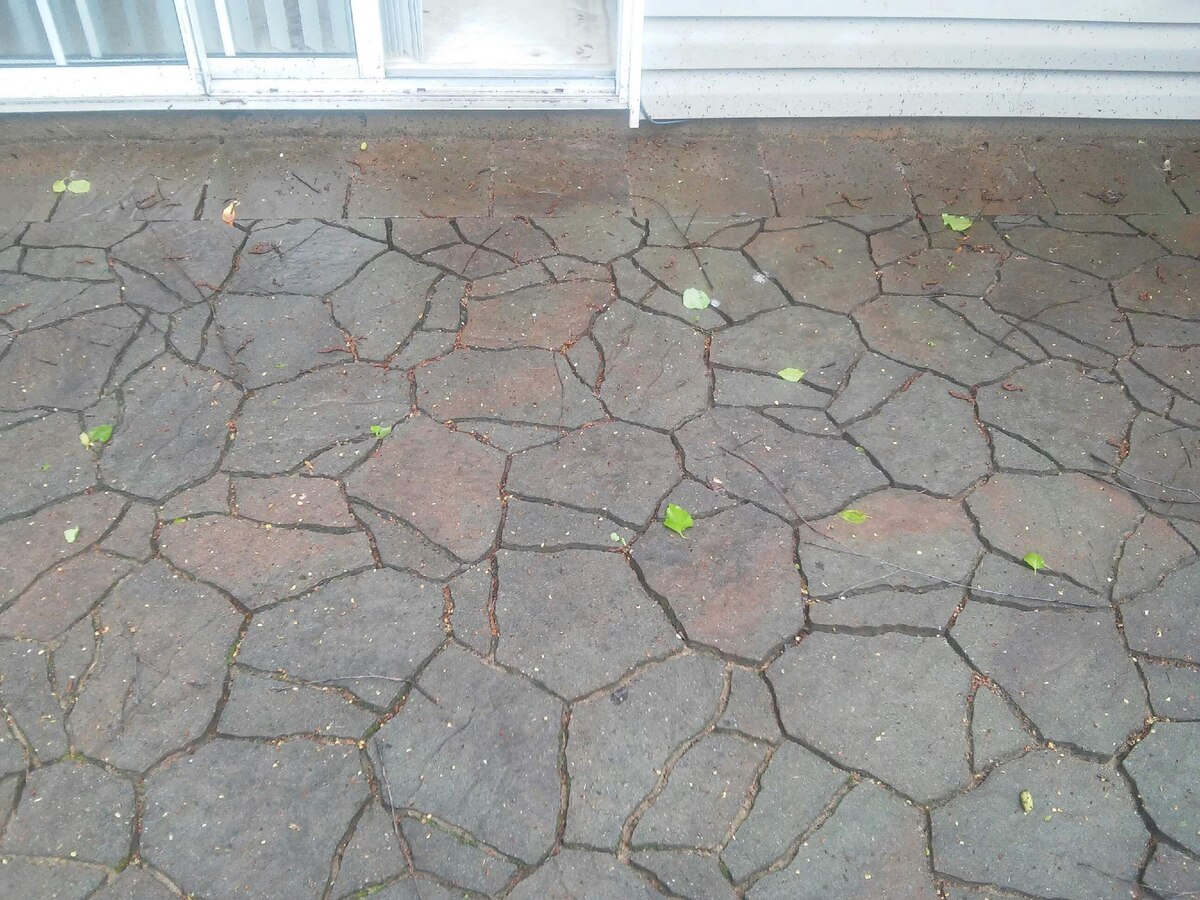
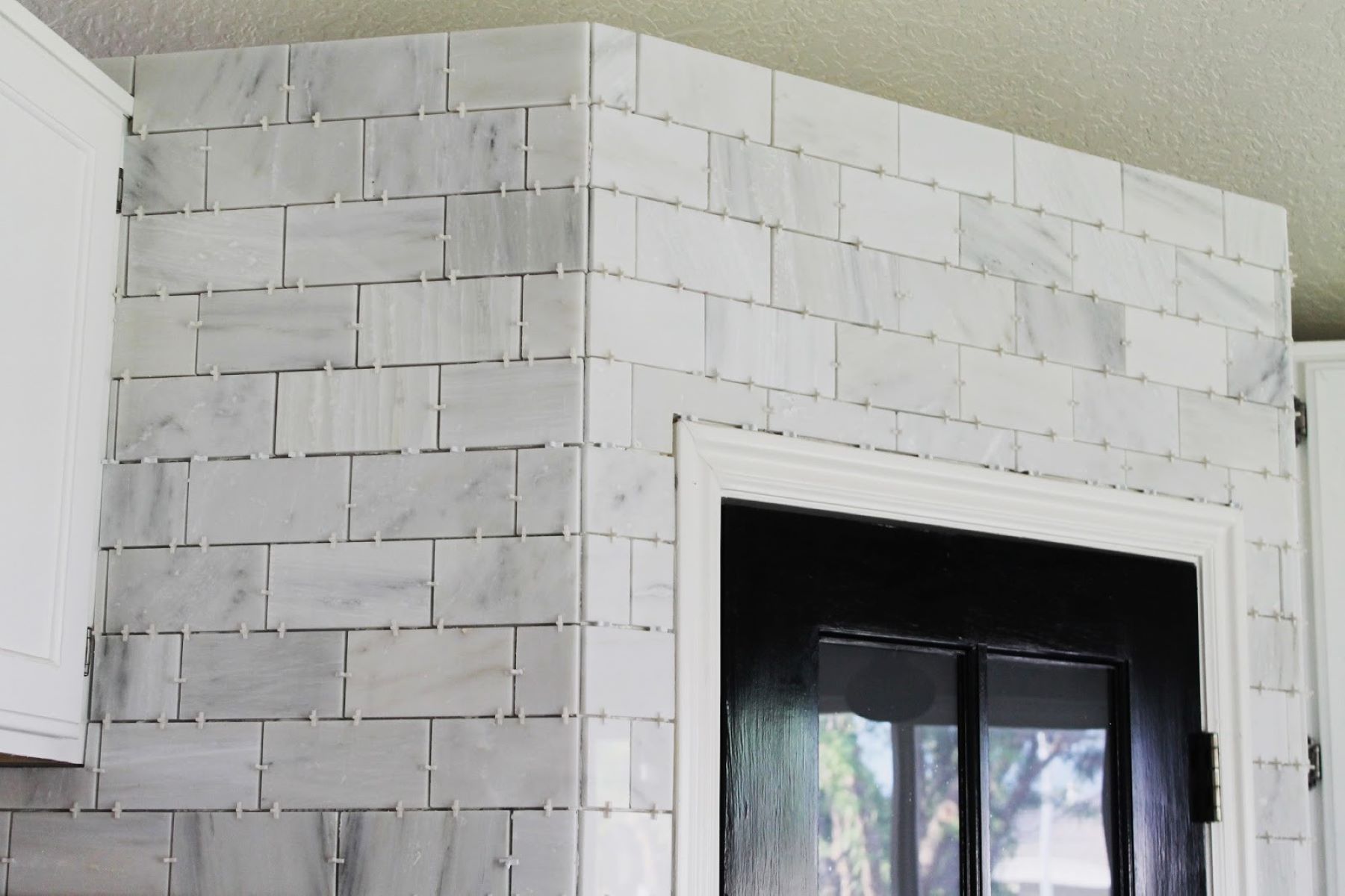
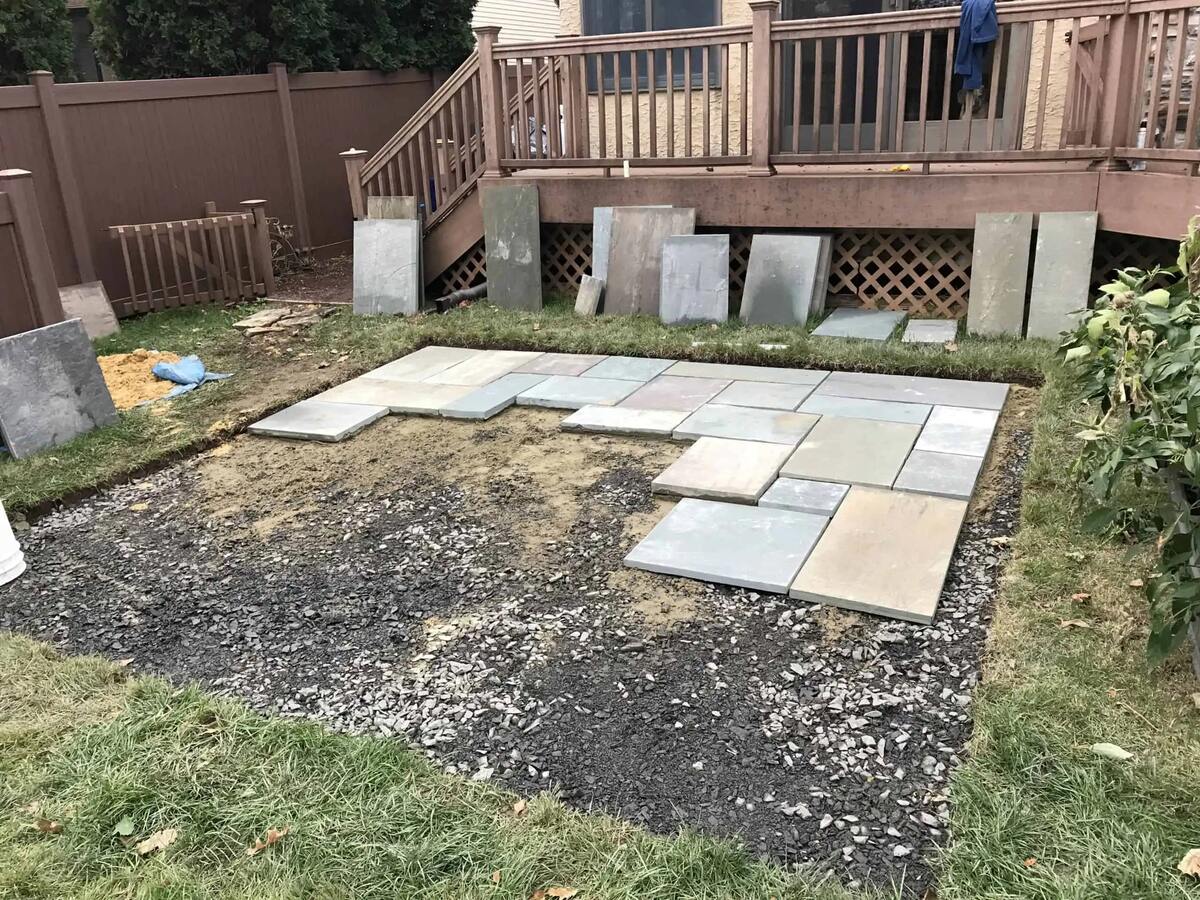
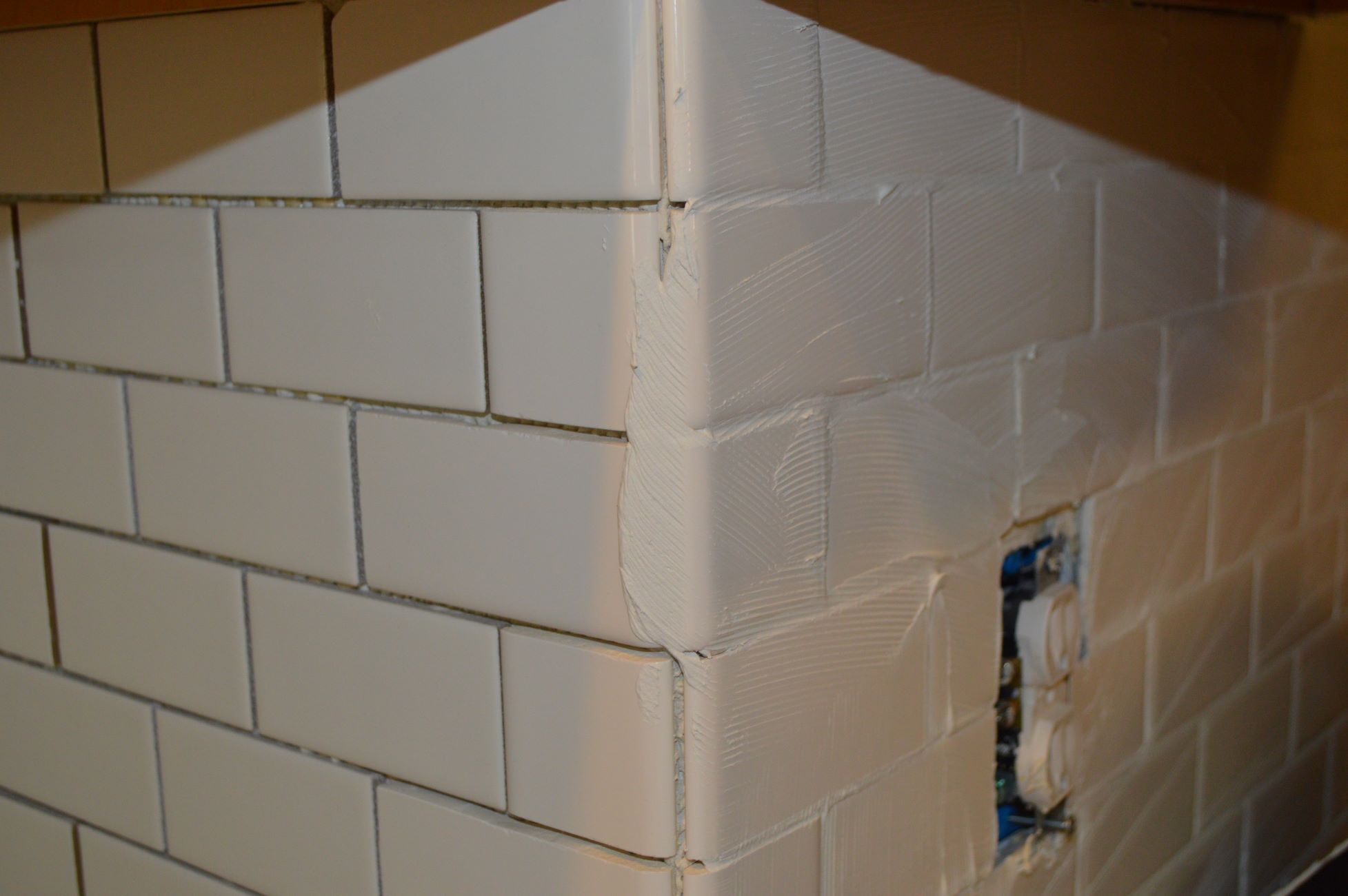

0 thoughts on “What Is Grouting In Construction”